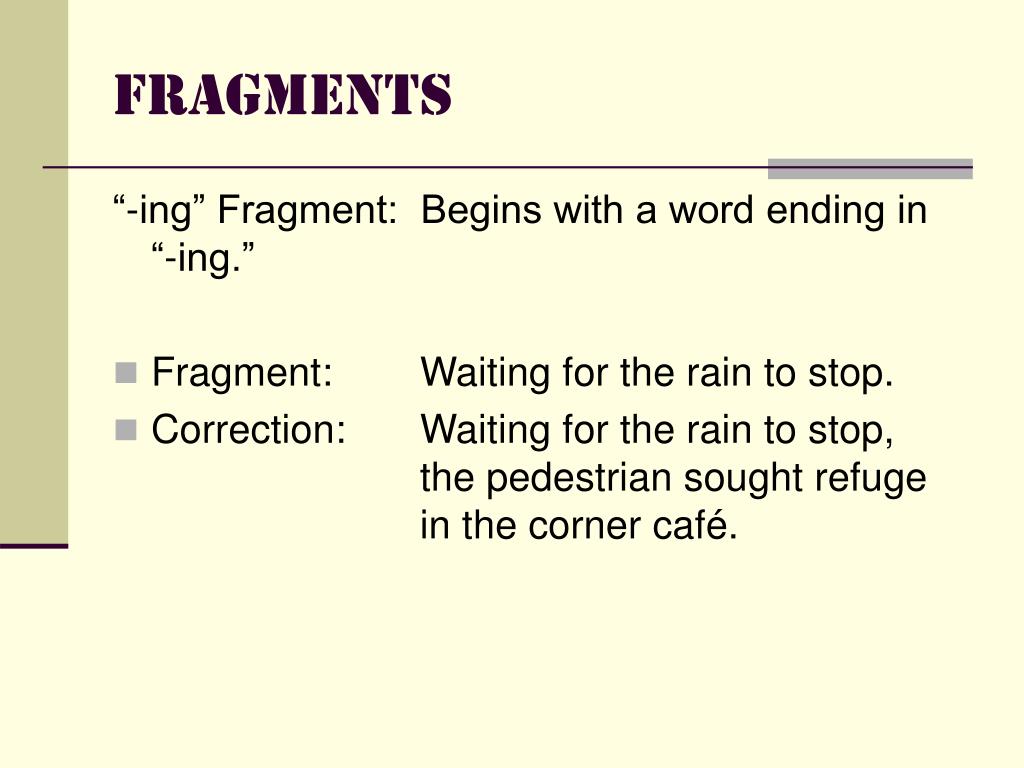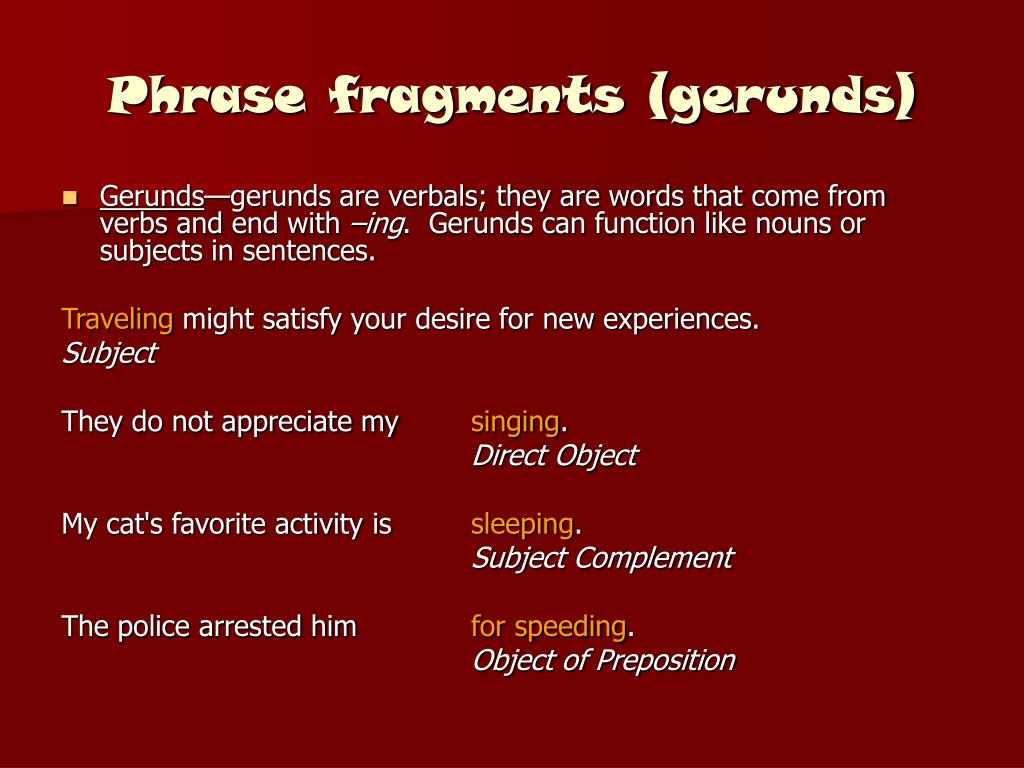

Perhaps they are on your mantelpiece or a book shelf, as they are in our house (and in my office at the Frick), and you know how companionable they are, how much you enjoy making new groupings as a new one arrives ñ groups that speak to each other in different ways.

Many of us here tonight who are long time friends of Chris have had the good fortune to live with some of his small brass objects over many years. Where is the difference between a book and a thing? Opening Reception Remarks by Susan Galassi, Senior Curator, The Frick Collection One fragment, from Osip Mandelstam: Everything seems to me a book. Engravings on their polished surfaces reflect figures and fragments of the mineral-rich mind. To this imaginatively tactile experience the physical characteristics of books contribute their part.īooks in a reader's memory acquire the warmth of brass tablets. These formed perceptions, arranged in lines of type, glow in the mind with material presence. From the pages of that one object fall other objects: a face, a sluggish river, a duel at the edge of a Russian forest, the death of an adulteress. Reading is an engagement with a single object in the stillness of solitary concentration. Here stands Herodotus, Ovid, Turgenev, Boswell. The mind of a reader is a field of monuments in which books appear as emblematic miniatures, markers along the paths of thought and curiosity. Read in cross section, these would reveal an entirely unfamiliar literature.īooks are monuments, first to their author's intentions and labor, then to the reader who is affected by them. A stack of books left for centuries would, like sea sediment, consolidate to stone, and anyone who broke a piece from it might find in his hand a small perplexity of fossilized phrases. They compose the cultural deposit of the past. The relation to others is a book's chief value its chief pleasure the promiscuous satisfaction of pages which have been imprinted and impressed by the matter and stuff of other books.īooks are formed by the accretion of word upon word, a layered thickening of successive pages. No book has been written that does not descend from another book. When not in circulation books read each other. Pressed together on each tight shelf, they appear a solid undifferentiated object formed of continuous text. They lie on top of one another or flank to flank in bookcases. His work is included in the collections of the Metropolitan Museum of Art, the Addison Gallery of American Art, and the Princeton University Art Museum, as well as in private and corporate collections.īooks are gregarious.

Brady & Company in New York City, the Drawing Room in East Hampton, and the New Britain Museum of American Art in Connecticut. Hewat, who lives and works in Connecticut, has had one-person shows with the Victoria Munroe Gallery and W.M. The exhibition Shelf Life showed the beautiful books made of brass by artist Christopher Hewat.


 0 kommentar(er)
0 kommentar(er)
